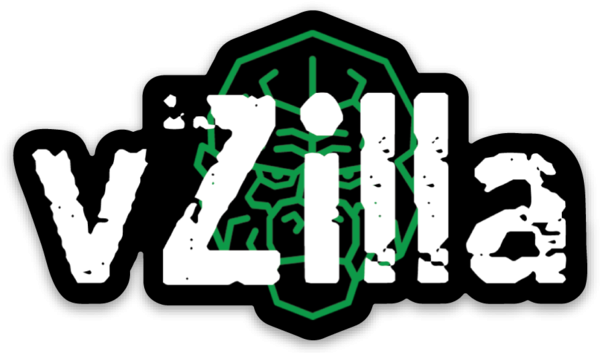I think it is fair to say, the public cloud is very much in everyone’s mind when looking at an IT refresh or how you approach the constant requirement to innovate on where you enable your business to do more. A constant conversation we are having is around the ability to send workloads to the cloud by using our Direct Restore to Microsoft Azure or AWS, taking care of the conversion process and configuration migration. The most common use case to date has been around performing testing against specific application stacks. Then it comes down to data recovery, for example if you have a failure scenario on premises that maybe doesn’t require the complete failover to a DR site but maybe some virtualisation hosts are in an outage situation and you are now requiring those workloads that lived on those hosts to be ran somewhere whilst remediation takes place. Both use cases that Veeam Backup & Replication have been able to achieve for several years and versions.
But disaster recovery always carries a level of speed. The process of taking your virtual machine backups and restoring them to the public cloud offerings takes some time, maybe outside the required SLAs the business has set. With the most recent version update of Veeam Backup & Replication v10a this process of conversion has been dramatically enhanced, and speed is now a game changer and this Disaster Recovery to the Cloud may now fit within those SLAs that were maybe once impossible using this process.
10,000ft view
Let’s think about your environment or an environment, you have your vSphere / Hyper-V / Nutanix virtualisation environment on premises running your virtual machines. You are using Veeam Backup & Replication to protect these machines on a daily or twice daily or more frequent schedule. You maybe had the requirement to directly restore certain image based backups to Microsoft Azure or AWS for some testing or development, but you likely would not have considered this as a way of recovering those workloads should a failure scenario happen in your environment. What you likely had or have for Disaster Recovery is another site running similar hardware and you are using replication technologies to move your workloads between the sites for that failover.
Maybe you are not familiar with Direct Restore to Microsoft Azure you can find out more here in a previous post. A similar post can be found here for AWS.
Speed Improvements
As previously mentioned the key part of being able to now think of this direct restore option as a Disaster Recovery scenario are the speed improvements that were introduced in the recent Veeam Backup & Replication 10a update. If we go back to v10 that was released early 2020 this will enable me to share how much faster this process is now.
This video demo walks through in detail of some of those restore scenarios generally focused around test and development or data recovery but not full disaster recovery options.
You will see in the 10a update post linked above that there was also a test performed at the time to show you when and where to use the Azure proxy and also depending on your environment variables what speed you would see in regards to direct restore to Microsoft Azure. The below table shows the comparison between 10 and 10a across the board.

This video demo in the section below shows the final two results and how this can be achieved.
The Situation
Let’s think about the situation of, our local site is toast, we may not have any access to our local on premises Veeam Backup & Replication server either, but hopefully and if not you should be sending your data offsite to a different location. Preferably into Object Storage, for the purpose of the post I am going to talk to the fact that we are sending our backups into Microsoft Azure Blob Storage as our offsite copy.
We are using Scale Out Backup Repository on premises as our performance tier and Microsoft Azure Blob Storage for our capacity tier.
But we cannot access that Veeam Backup & Replication server! That is ok, the Veeam Backup & Replication server is just software that can be installed on any Windows OS (supported but can be client versions if really need be)
We have also made it super easy to deploy a Veeam Backup & Replication server from the Microsoft Azure Marketplace and this takes 5 minutes! You then add your object storage, import your backup metadata and then you can start the improved direct restore to Microsoft Azure from this machine.
This video shows this process from top to bottom and highlights the speed improvements from the version 10 release.
Other thoughts?
Ok, so we have mentioned Disaster Recovery, this is only applicable if your SLAs allow it, we must get the data converted and up and running in the public cloud and all of this is going to take time. There are ways to streamline this deployment and configuration of the Azure based Veeam Backup & Replication, I am currently working on this process to make things super-fast and streamlined.
I also want to shout out Ian, one of our Senior Systems Engineers here at Veeam. He has been doing some stuff and helping me with some of this process here.
The other angle that could be taken here is around DR testing without affecting or running through a bad outage or failure to the actual live production systems.
You should be able to automate most of the process to make sure that these machines are seen to be up and running and talking to each other in Microsoft Azure or AWS and then auto power off and either sat there waiting for an actual failure scenario or removed from the public cloud.
More of these ideas to come.

1 Comment